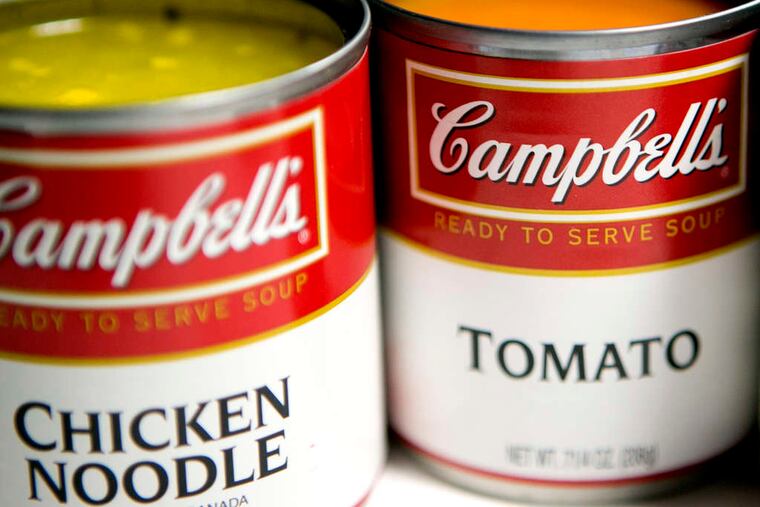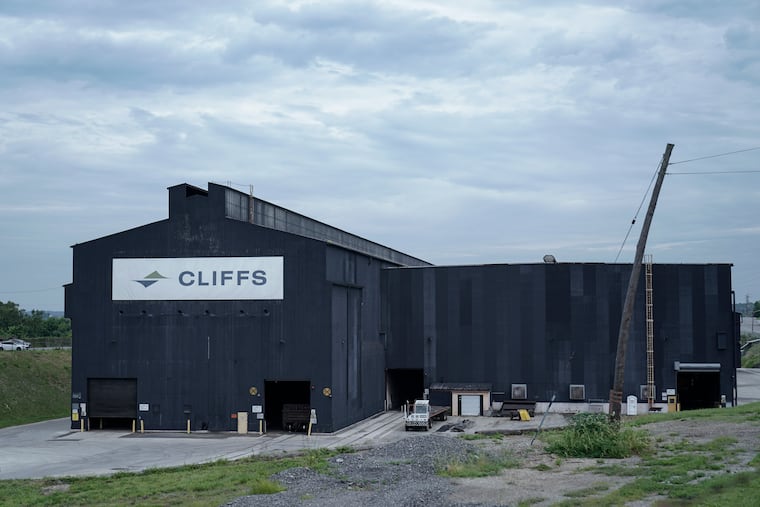Can Campbell make soup hot again, as cultural icons from another era search for a fresh future?
Campbell, and others like General Mills, and Kraft Heinz, are trying to find their place in a new world where consumers aren't as thrilled about processed food as they were decades ago.

- QVC has been whacked by tariffs on Chinese goods and declining consumer sentiment
- Inside Villanova in the 1970s, when the future Pope Leo XIV arrived on campus
- Bryn Mawr students sue the university over ‘deliberate indifference’ to their disabilities
- Cyclist killed in West Philadelphia ID’d; was riding in unprotected bike lane
- This Philly 10th grader has had no English teacher all year. Now, the district wants her to take a high-stakes test.
Link copied to clipboard
Link copied to clipboard
Link copied to clipboard
Rachel Siegel, Washington Post
Link copied to clipboard
Seung Min Kim and Josh Boak, Associated Press
Link copied to clipboard
Link copied to clipboard
Link copied to clipboard
Abha Bhattarai and Federica Cocco, Washington Post
Link copied to clipboard
Josh Funk and John Seewer, Associated Press
Link copied to clipboard
Link copied to clipboard
Scott Sturgis | Columnist
Link copied to clipboard
WYATTE GRANTHAM-PHILIPS, Associated Press
Link copied to clipboard

























